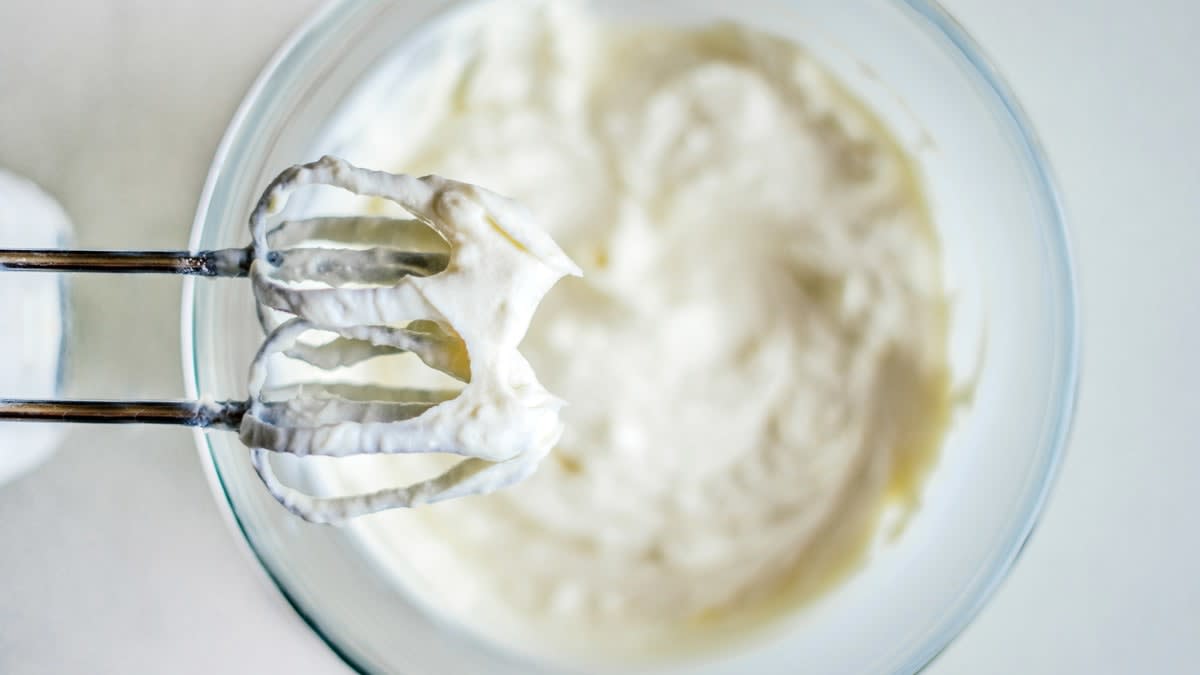
Once you decide a hand mixer can be your go-to for baking to-do’s, take note of its features. Some are more important than others.
Attachments: Hand mixers typically come with wire beaters, and some also include whisk or dough hook attachments. Whisks have even thinner wires than the standard wire beaters and are designed to incorporate air into whipped cream and frothy egg whites. Look for beaters without a center post, like those on traditional-style hand mixers. The old type is harder to clean than the newer post-free versions. (We note which attachments come with which mixers in the Features & Specs section of our ratings chart.)
Speeds: Although many manufacturers tout the number of speeds of their hand mixers, in our tests we found that three is enough—low, medium, and high. You don’t need all those in-between iterations. Use low when you start combining your wet and dry ingredients so the dry ingredients don’t go flying. A few of the mixers in our ratings come with a slow-start option, which is even lower than low and even less likely to cause spatters. And when you are whipping cream, which is what the high setting is for, start on the lowest speed and work your way up as the cream thickens.
Nice-to-haves: A few of the hand mixers we tested have beaters that are interchangeable, which means you can insert the beaters into either socket. Another nicety is an indentation on the underside of the body of the beater that allows it to perch on the side of a bowl so it doesn’t suddenly tip over, making a mess of things, while you’re busy measuring the spices. A few may also have a notch to hang the beater in a closet, but we don’t note that in our specs.









